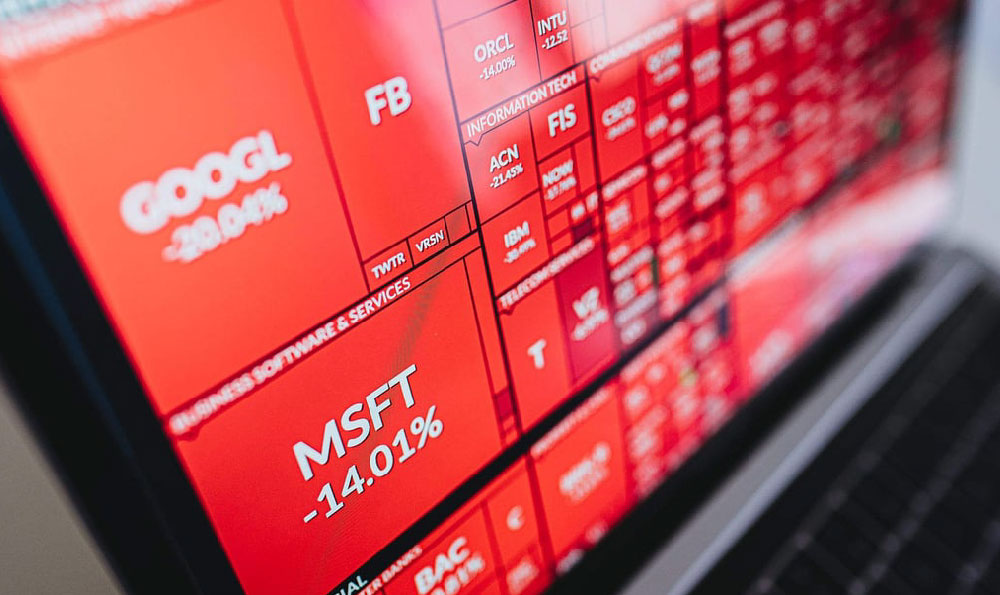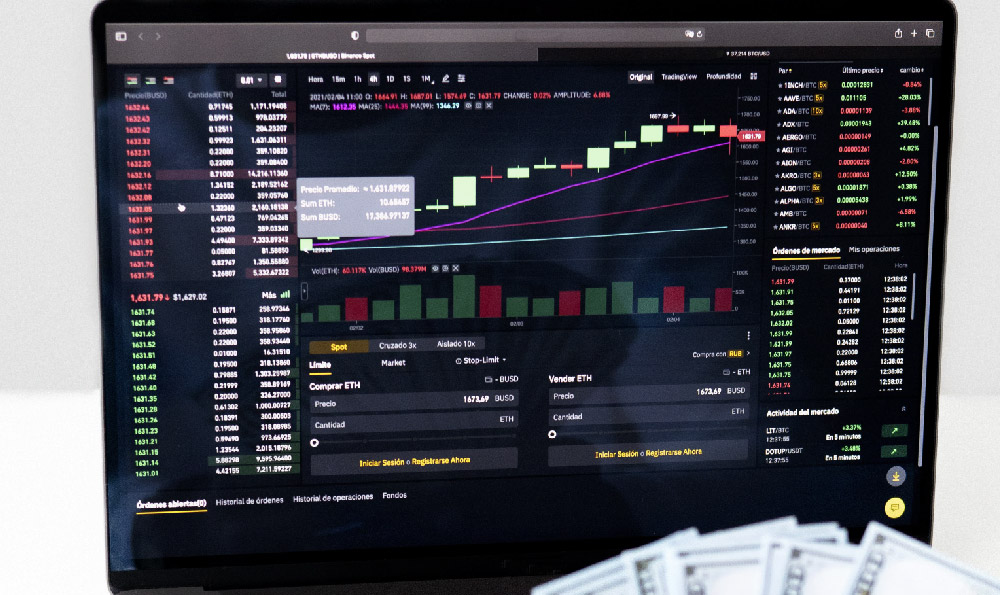how to make money with artificial intelligence
Harnessing the power of artificial intelligence (AI) in financial markets has become a transformative strategy for investors seeking edge in a competitive landscape. As algorithms and machine learning models evolve, they are reshaping traditional approaches to investment decision-making, particularly in the volatile world of cryptocurrency. The integration of AI into financial systems not only enables data-driven insights but also presents opportunities for generating consistent returns while mitigating risks. However, success in this domain requires a nuanced understanding of AI capabilities, market dynamics, and ethical considerations. Let’s explore how leveraging AI can be a profitable endeavor, focusing on actionable methods and pitfalls to avoid.
A key advantage of AI in financial markets lies in its ability to process vast amounts of data at unprecedented speeds. Traditional trading methods rely on human analysis of market trends, news articles, and historical patterns, which can be time-consuming and prone to cognitive biases. AI, by contrast, can analyze real-time data from multiple sources—social media, economic indicators, trading volumes, and even sentiment analysis of news—while identifying correlations that might elude the human eye. For instance, in cryptocurrency markets, AI-driven platforms can predict price movements by analyzing the sentiment of tweets or forum discussions, allowing investors to react faster than competitors. This data aggregation and pattern recognition capability make AI a valuable tool for staying ahead in markets where small timing advantages can make a significant difference.
One of the most lucrative applications of AI in finance is algorithmic trading, which automates trading decisions based on predefined rules. In the realm of cryptocurrencies, algorithmic trading strategies powered by machine learning models can execute trades at optimal times, often outperforming manual strategies. These models can be trained to detect anomalies in market behavior, such as sudden spikes in trading volume or deviations in price trends, and trigger trades accordingly. The beauty of this approach is that it removes emotional interference, ensuring disciplined execution. However, it’s crucial to be aware that algorithmic trading requires robust backtesting to validate its efficacy. Many AI-driven strategies are tested in simulated environments before being deployed in real markets, which helps in identifying potential flaws.

Another promising avenue is the use of predictive analytics for market forecasting. AI can analyze historical price data, market cycles, and technical indicators to predict future trends with a high degree of accuracy. Tools like neural networks and support vector machines are particularly effective in this regard, as they can detect complex patterns in data that are not easily discernible through conventional analysis. For example, AI models can identify recurring patterns in cryptocurrency price movements that correlate with macroeconomic factors, enabling investors to make informed decisions based on these insights. Yet, it’s important to recognize that no model can predict market outcomes with absolute certainty. Investors should treat AI predictions as probabilities rather than guarantees, using them as a guide rather than a definitive roadmap.
AI also plays a critical role in risk management, helping investors identify and mitigate potential threats. In cryptocurrency markets, where volatility is a constant, AI can assess risk by analyzing historical volatility, market sentiment, and exposure levels. This allows investors to adjust their portfolios dynamically, avoiding high-risk positions while capitalizing on opportunities. Some AI platforms even provide real-time risk alerts, notifying investors of potential market downturns or security threats. However, the effectiveness of these tools depends on their design and the quality of data they process. Investors should prioritize platforms that offer transparency in their risk assessment methodologies and are regularly updated to reflect changing market conditions.
A significant challenge in AI-driven investing is the prevalence of scams and unreliable platforms. The decentralized nature of cryptocurrency markets means that many AI tools are not regulated, and investors must exercise caution when selecting a service. Some AI platforms make exaggerated claims about their predictive accuracy, promising guaranteed returns without disclosing their underlying methodologies. Invest in established platforms with proven track records, and always verify the authenticity of their claims. Additionally, be wary of platforms that charge exorbitant fees for AI services, as the cost could outweigh the potential benefits.
AI is also reshaping the way investors monitor their portfolios. Intelligent systems can track the performance of multiple assets simultaneously, providing customized reports based on an investor’s risk tolerance and financial goals. For instance, AI can analyze the performance of a cryptocurrency portfolio in real-time, adjusting allocations based on market conditions. This level of automation not only saves time but also enhances the accuracy of portfolio management. However, it’s essential to understand that AI tools require continuous oversight. While they can provide valuable insights, human judgment is still necessary to interpret these insights in the context of broader market trends.
The future of AI in finance is promising, but it remains a tool that requires careful application. As the technology continues to evolve, its role in generating returns will only grow. However, the key to success lies in combining AI insights with sound financial principles. Investors should remain adaptable, continuously refining their strategies based on market feedback. By leveraging AI in a strategic and disciplined manner, it’s possible to unlock new opportunities for financial growth in the digital age.
In conclusion, making money with artificial intelligence requires more than just adopting the latest technology. It demands a deep understanding of market dynamics, a critical evaluation of available tools, and a commitment to continuous learning. While AI can provide valuable insights and automate complex processes, it is not a magic bullet. Success in AI-driven investing hinges on its proper application, strategic use, and integration with traditional financial practices. By approaching AI with a balanced perspective, investors can harness its power to achieve better returns in today’s rapidly evolving financial landscape.















